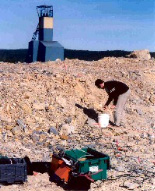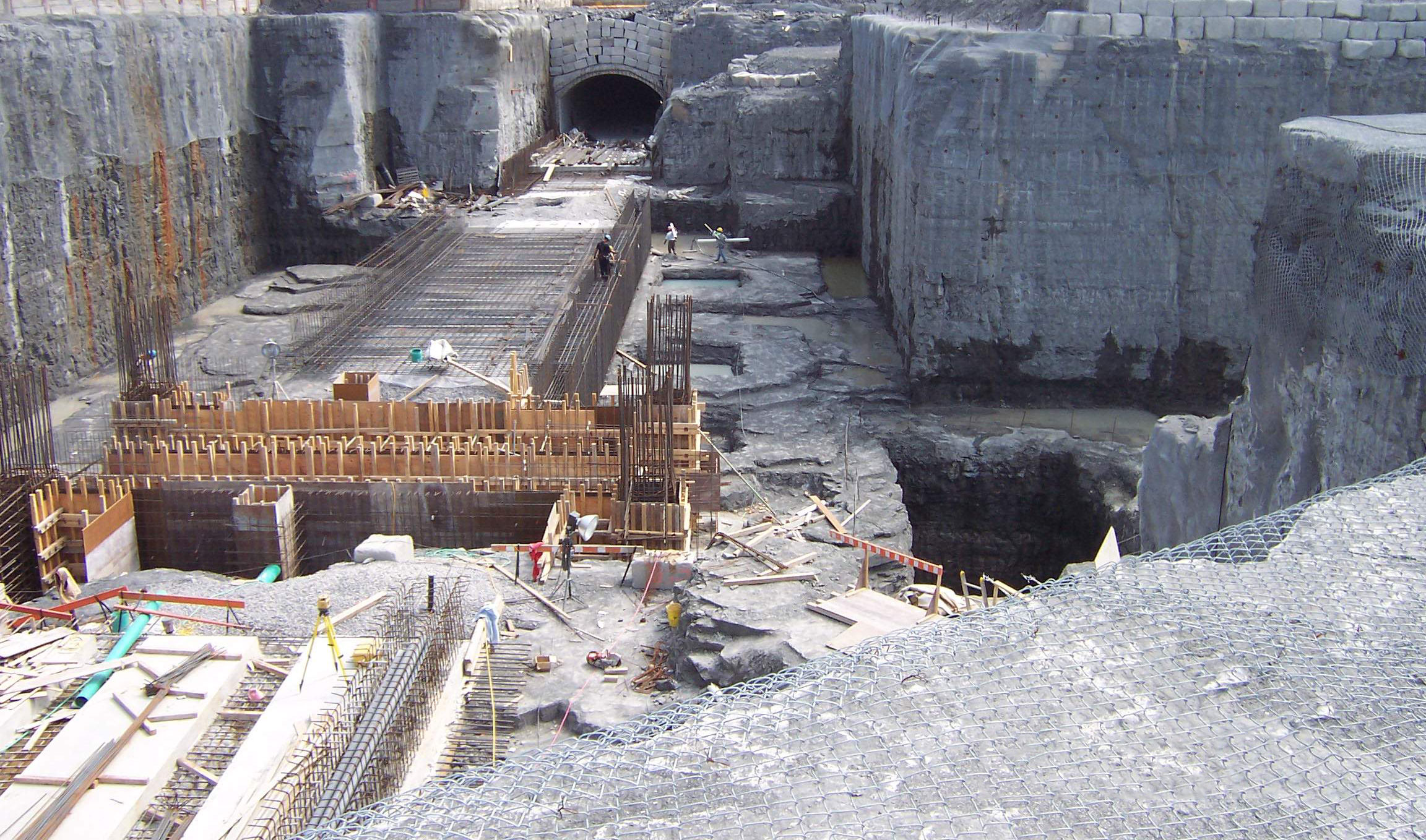Void mapping is a ground geophysics methods used to identify and effectively map the soil subsidence zones, voids, cavities and karst; whether natural or caused by human activity.
The choice of method requires knowledge of field conditions, regional geology and the advantages/disadvantages of the geophysical methodologies.
Electrical resistivity is an effective method for mapping karst formations, locate public services large diameters pipes and infrastructure of abandoned mines such as galleries, rooms, air lines and wells.
Voids are amongst the most common buried hazards construction projects encounter.
Voids may be man made or naturally occurring; mine workings or solution features. Mitigating the risk requires a detailed site investigation. Including a geophysical survey in the planned site investigation often provides a cheaper and more robust solution.
There are a number of geophysical techniques available to detect voids. Microgravity, if practical, is the most effective. Others that might be quicker and cheaper to deploy may also get the information needed, especially for man-made voids. The trick, as ever, is to get the right advice.
For more information, please contact our Ground Survey Team.


